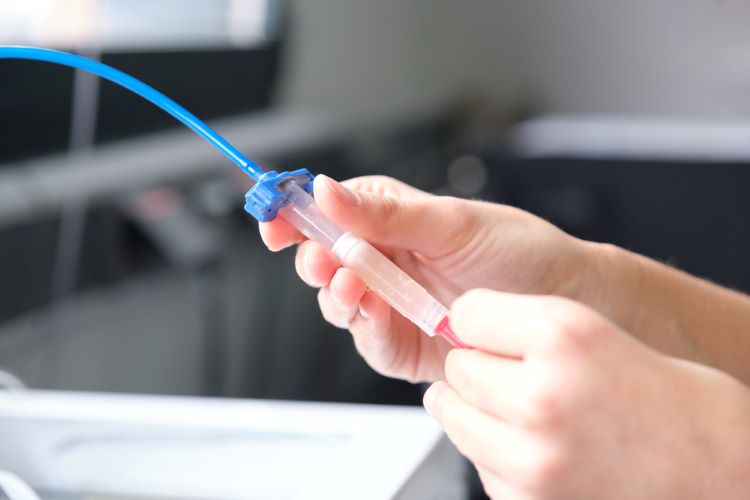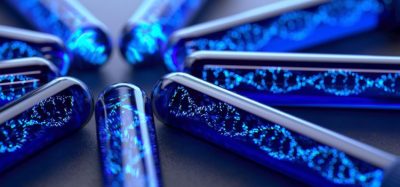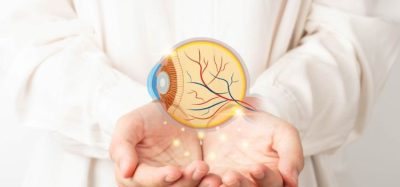Benefits of 3D printing for personalised medicine formulation
Posted: 26 April 2024 | Catherine Eckford (European Pharmaceutical Review) | No comments yet
A study has demonstrated how 3D printing can be used to manufacture tailored, safe, and effective treatments for patients with rare diseases via pharmaceutical compounding.


A paper has reported the first time that 3D printing has facilitated two active pharmaceutical ingredients (APIs) to be combined in the same formulation.
This method enables the number of administrations of the drug evaluated to be minimised, the researchers found.
The authors aimed to evaluate and compare the efficacy and acceptability of chewable 3D printed medicines containing citrulline, isoleucine, and valine alone or in combination. This was assessed against conventional medication in six children aged six to 14 years old.
The 3D printing study sought to determine whether the technology was a suitable alternative to pharmaceutical compounding, to prepare personalised medicines for paediatrics with rare metabolic disorders in a hospital setting.
Currently, there is a lack of suitable amino acid formulations on the market, the researchers explained. Administration is challenging and preparation of these formulations via pharmaceutical compounding is “time-consuming”, the paper highlighted.
Findings from the 3D printing formulation study
The 3D printed medicines were found to control amino acid levels within target levels as well as the conventional medicines.
These formulations can improve patient adherence, the paper stated. In the study, “the shape and texture of the chewable formulations were more accepted than the conventional form”. This is notable, because according to Rodríguez-Pombo et al., treatment adherence can be an issue for certain patients.
Use of disposable and pre-filled syringes means this equipment can be prepared and filled as per good manufacturing practice (GMP) requirements in pharmaceutical production facilities, the authors wrote.
[The 3D printing method enabled] tailored, safe, and effective treatments [to be prepared] for a heterogeneous group of patients who require precise doses of amino acids that need to be altered in a hospital setting”
The results are “not only applicable to rare diseases, but also to other pathologies in which adherence to treatment is low because the medication is not well adjusted to the needs of the paediatric population”, the authors shared.
Rodríguez-Pombo et al. summarised that the study demonstrated the feasibility of 3D printing in preparing “tailored, safe, and effective” treatments for a “heterogeneous group of patients who require precise doses of amino acids that need to be altered in a hospital setting”.
The paper was published in the International Journal of Pharmaceutics.
Related topics
Active Pharmaceutical Ingredient (API), Biopharmaceuticals, Data Analysis, Dosage, Drug Development, Drug Manufacturing, Formulation, Good Manufacturing Practice (GMP), Industry Insight, Ingredients, Manufacturing, Research & Development (R&D), Technology, Therapeutics









